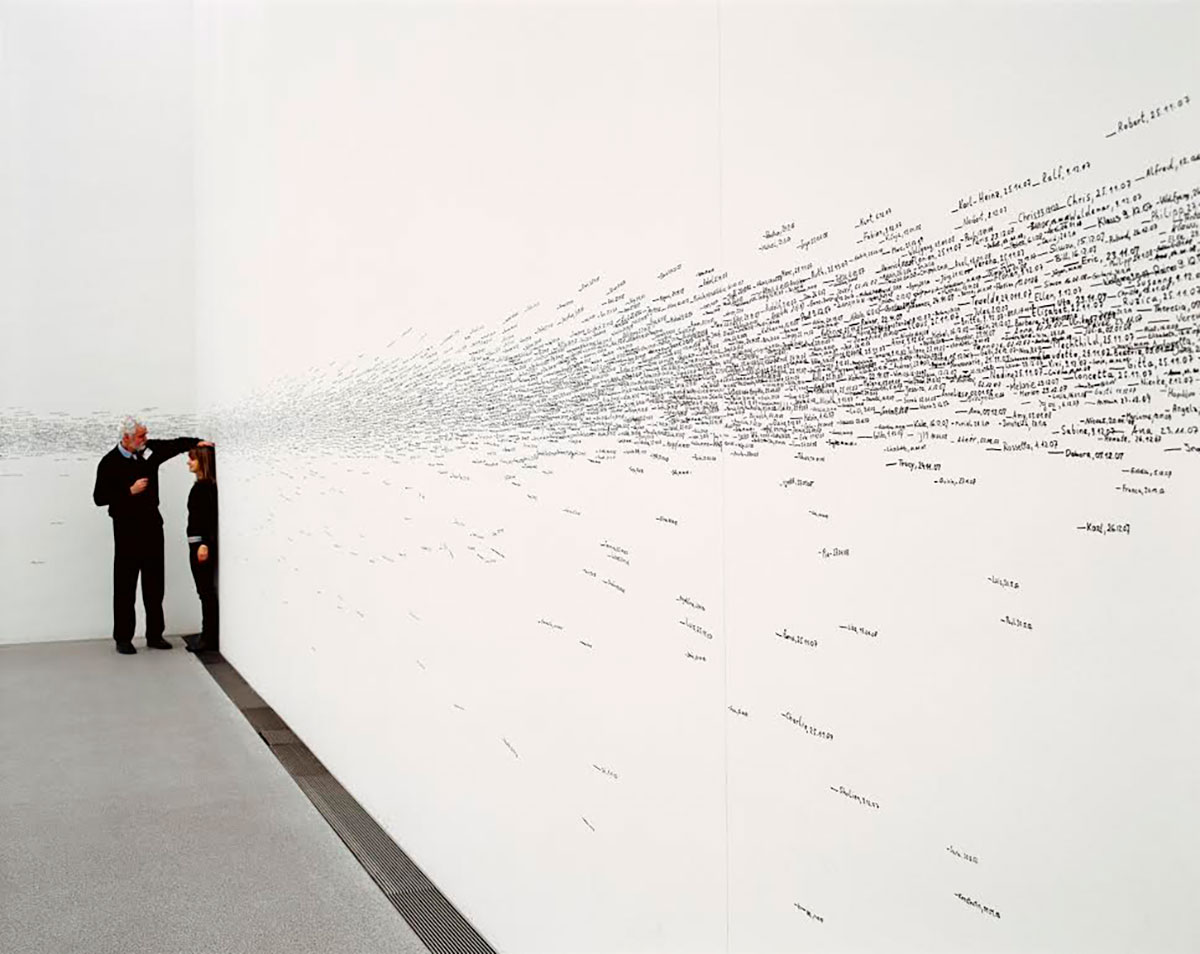In leisure and tourism attractions (water parks, theme parks, campsites, hotels and resorts, shopping centres, etc.), the public often takes on a passive role. The environment is preset and cannot be acted upon. However, it is likely that if they are given the opportunity to participate, they will experience a greater identification with it, take home indelible memories and, in general, the experience will be more complete, special and unique.
One way to provide this ability to act could be the possibility for visitors to attractions to become artists for a moment and create works of art. In this case, we speak of interactive art and participatory art. Let’s see what they are:
Interactive art and participatory art in leisure and tourist attractions
To engage in interactive art means that the work of art changes according to the actions of the public, but always within pre-established patterns. In contrast, in participatory art, the public actively contributes to the work, without limitations, without guidelines, without prior objectives. Both activities could be integrated as attractions linked to a theme, whether in water parks, theme parks, campsites, hotels and resorts, shopping centres, etc.

Roman Ondak - CC BY-SA 4.0
Examples of participatory art for leisure and tourism
For example, the artist Banksy invited school children to graffiti a church stained glass window in his work Forgive us our trespassing. The artist Roman Ondák, on the other hand, in Measuring the Universe, asked visitors to mark their height and name on a white wall. Over time, the work was completed with multiple marks, in a black line representing the collective contribution

Pitxiquin - CC BY-SA 4.0
Application of participatory art in parks for leisure and tourism
An interesting initiative would be one in which each visitor brings one or more plastic caps. The collected caps would be recycled to create a figure, a slide or another attraction. This proposal, as well as encouraging visitors to return to see the result of their contribution, would also raise awareness of the impact of plastic on the environment and the collective ability, through small individual contributions, to have a real effect on the environment.
Another proposal would be to provide each visitor with a tile or ceramic piece to attach to an element, such as a bench. Visitors would look for a piece each time they returned. This would produce in them a sense of belonging and a direct connection with the space of the water park, theme park, campsite, hotel or resort, or shopping centre in question.
By Miquel Solís, Senior Architect in the Architecture Department of Amusement Logic






